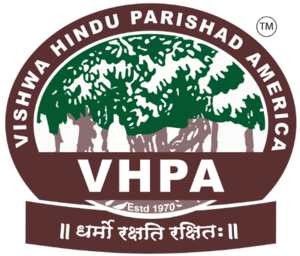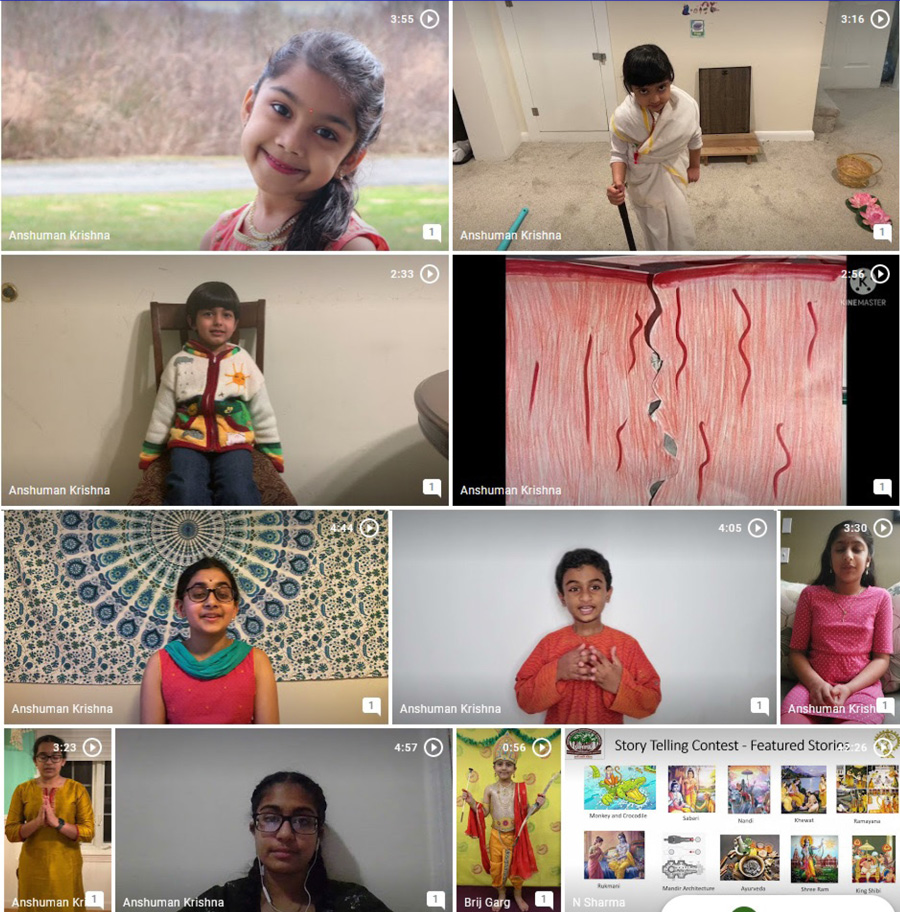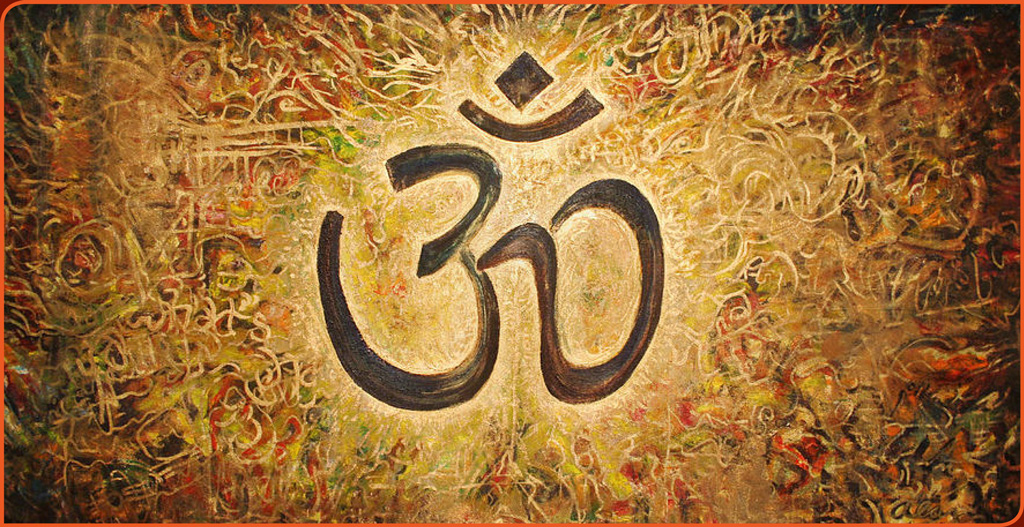Kashmir has been the center of attraction, attention and assessment for all Bhartiya. We had a long-time dream to visit Kashmir region but due to continued political instability and insecurity, we waited till the removal of article 370.
Now in Kashmir I have been searching for Hindu icons wherever I am traveling. Kashmir is the land of Bhagwan Shiv and Jagdamba Parvati. It is also home of Saptrishi, the most ancient saint Kashyap ji and his wives. Maharishi Kashyap is the first rishi of all 21+ household Rishis. All the Gotra of every Hindu is derived from it. Kashmir’s original name is Kashyap Mira (lake of Rishi Kashyap) which has changed to Kashmir now.
As we landed at Srinagar airport, the name Sri Nagar stuck me. According to Kalhan’s Rajatarngini epic it is Shree (Laxmi) Nagar. We may all be aware of the long troublesome historical journey of Kashmir from Maurya rulers to the last brave Hindu Queen Kota Rani, then it went in the hands of Muslims, in-between Afghans and Sikhs also took over.
![]()
- Pahalgam (Bull (Bail) Gram)
Our first destination was Pahalgam – in Kashmiri it means shepherds village. But ancient meaning is Bail Gram (Bhagwan Shiv left his Nandi Bull here before entering Amarnath Caves. Local Gourishankar Mandir confirms this belief; there is statue of Nandi facing the mandir.
We visited very ancient Mammal or Mamaleshwar Mandir in Pahalgaam (Bail Gram). It is situated on the banks of Lidder River at an elevation of 2,200 meters (7,200 ft). According to the history, this is the mandir where Parvati asked Ganesha to stand as a door keeper, not allowing anyone to enter the premises without her permission. This is the place where Shiva cut the head of Ganesha. There are 2 murtis inside the temple. One is a Shiva Linga at the center of the temple and a small two face murti of Nandi on the right corner. Mam Mal means don’t go, and thus it is also known as Mammal temple. The surroundings of the mandir is very serene, it speaks of very rich and ancient glory of Hindu Dharma.
- Ananatnag
Our next destination was Anantnag. As the name speaks, Anantnag is believed by historians to be one of the earliest settlements in the world. Dating back to 5000 BCE, the town has its mention in Nilmat Purana as well the town was also a business center at the time. There is one Parvati mandir which we could not visit, it was closed for visitors. The Martand Sun Temple in Anantnag is a testament to ancient civilization in Kashmir. Martand means sun, Mandir of Surya Bhagwan. This Mandir is also dedicated to Martand Muni. Temple is spread in a large compound with a pond, several small temples, many rooms for guests and a large office.
This temple was destroyed by Sikandar Shah Miri (1389-1413) in a zeal to Islamize the society under the advice of Sufi preacher Mir Muhammad Hamadani. Chief-counsel Suhabhatta, a Brahman neo-convert is also responsible to spread Islam and was party to the destructions in Kashmir.
![]()
- Anantapur
It is the ancient capital of Kashmir established by King Avantivarman of the Utpala Dynasty, who ruled from 855 to 883 AD. He built twin temples in Avantipur, one dedicated to Lord Vishnu, known as Awantiswami and the other dedicated to Lord Shiva known as Avantisvara. This temple was destroyed in 14th century by Sultan Shikandar. In 18th century the Avantiswamin temple was excavated by the British and rich antiquities like coins of that era, some murtis etc. were found. It is a cluster of ruined temples and broken sculptors of kings and palaces, protected by Archeological Survey of Bharat. Though small in the area, but ruins tell lots of history.
![]()
- Sonmurg (Sona Marg)
As the name speaks is meadow of gold. Very beautiful with snow, mountains and forest. Sindh river flows through the valley and is believed to have originated from the pristine waters of the Amarnath Cave, a revered pilgrimage site dedicated to Lord Shiva. King Pravarasena II, who governed Sonamarg 2000 years ago, is the earliest known ruler. Following him, the monarchs who ruled it alternated between Mauryas, Kushanas, Huns, Chaks, Mughals, and Sikhs, becoming a critical part of Sonamarg’s past.
- Kheer Bhawani Mandir
Kheer Bhawani Temple is a celebrated Hindu shrine, situated in the Tulla Mulla village near Srinagar. The temple is constructed above a sacred spring, which is said to change its colors. Goddess Ragnya Devi – an incarnation of Goddess Durga – is the presiding deity of this temple. The temple attributes its unique name to the famous Indian dessert kheer, which is the main offering to the goddess.
Maharaja Pratap Singh built this temple in 1912, which was later renovated by Maharaja Hari Singh. The shrine has a hexagonal spring and a small marble shrine where the goddess’ murti is installed. The compound is surrounded with residential apartments, offices and shops. Hindu devotees visit here in large number. Many old trees are testimonial to the divinity of the mandir.
![]()
- Gulmarg (Gouri’s Marg)
Original of Gulmarg is (Mata Parvati’s Path). Sultan Yusuf Shah changed to Gulmarg (Path of roses) in 16th century. While Gulmarg is a known destination for Golf Course, skiing and honeymooners, it is also home of the Shiva and Gauri Mandir, also known as the Maharani Temple. It was built by Maharaja Hari Singh in 1915 as a royal temple for his wife, Maharani Mohini Bai Sisodia. Now the temple is going through major renovation. It was very pleasing to see so many devotees climbing 100 some stairs to worship.
- Baramulla (Boar’s Moler) “सूअर की दाढ़ का स्थान“,
Baramulla, the gateway to the Kashmir Valley, has a rich history dating back to ancient times. It’s believed to have been founded by Raja Bhimsina around 2306 BCE. Baramulla, in the Kashmir Valley, is named after the Varaha (boar) incarnation of Lord Vishnu, and the town is associated with the Adi-Varaha shrine. The town’s ancient name was Varahamula or Varahaksetra. I requested our driver to make sure we visit this mandir. Without realizing that he was Muslim and he will never go to Varaha Mandir. He kept delaying, threatened us, demanded lots of money and warned that he will not be responsible of our safety.
- Srinagar (Laxmi Nagar)
We kept the last one for Shree Nagar. In Srinagar, the “Swayambhu Devi” is commonly understood to refer to Goddess Sharika, also known as Chakreshwari Devi, who is the presiding deity of Srinagar. The eighteen-armed Goddess Sharika is regarded as the Presiding Deity (Isht – Devi) of Srinagar city. The Goddess Sharika is represented by a Swayambhu Srichakra, also called Maha Sri Yantra which consists of circular mystic impressions and triangular patterns with a dot (bindu) at the center. A large formation of Devi Sharika is covered with red cloth; it was also built by Maharaja Hari Singh ji.
![]()
Adi Guru Shankaracharya Mandir and his penance platform is the ultimate destiny of all Hindus in Srinagar. After climbing about 300 feet straight hill, we arrived at a very large Shivalinga. Apart from having very divine experience, we admired total control and discipline of CRPF.
I wanted to visit Rosa Bal, a controversial dargah, supposed to be samadhi of Jesus Christ. I kept on insisting our driver to visit Rosa Bal, but he kept on denying it. First, he said there is no place like this, when we showed it on google, he got very upset but took us in front of the Dargah in the center of the city. He warned us to go alone at our own risk and not to mention name of Christ there.
Our driver even complained that we should have gone to Jammu to visit Mandirs, why did we come to Valley?
![]()
Valley region has predominantly stayed in the hands of Kashmiri Muslims, who take big pride of being Kashmiri. I realized during our trip that local Kashmiris now enjoy being part of Bharat, they want to avail all the benefits of being Indian, but don’t want to change. They don’t want people from the other parts of Bharat to settle in Kashmir; they want to ensure all the resources belong to them alone. With 90% or more Muslims, how this region will integrate with rest of Bharat, needs to be seen.


![[ India Today ] Ohio senator JD Vance thanks wife, a Hindu, for helping him find Christian faith](https://hinduvishwa.org/wp-content/uploads/2024/06/us-senator-jd-vance-reveals-how-his-hindu-wife-usha-helped-him-find-his-christian-faith-image-re-272530504-16x9_0-120x86.webp)









